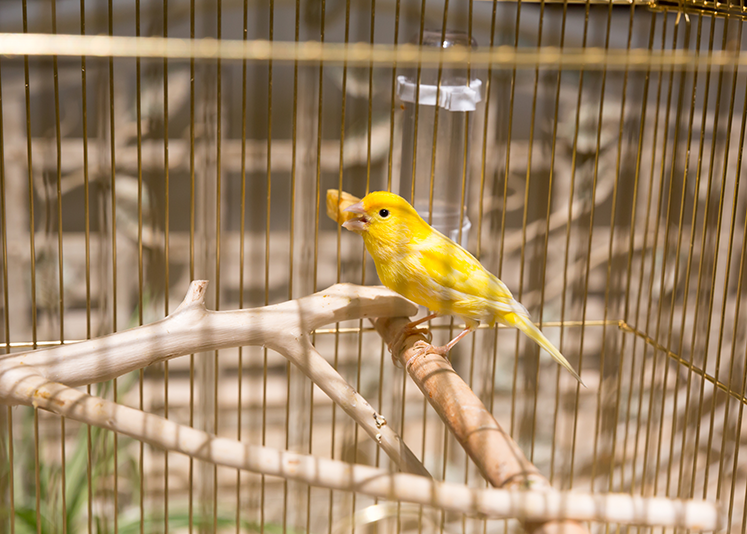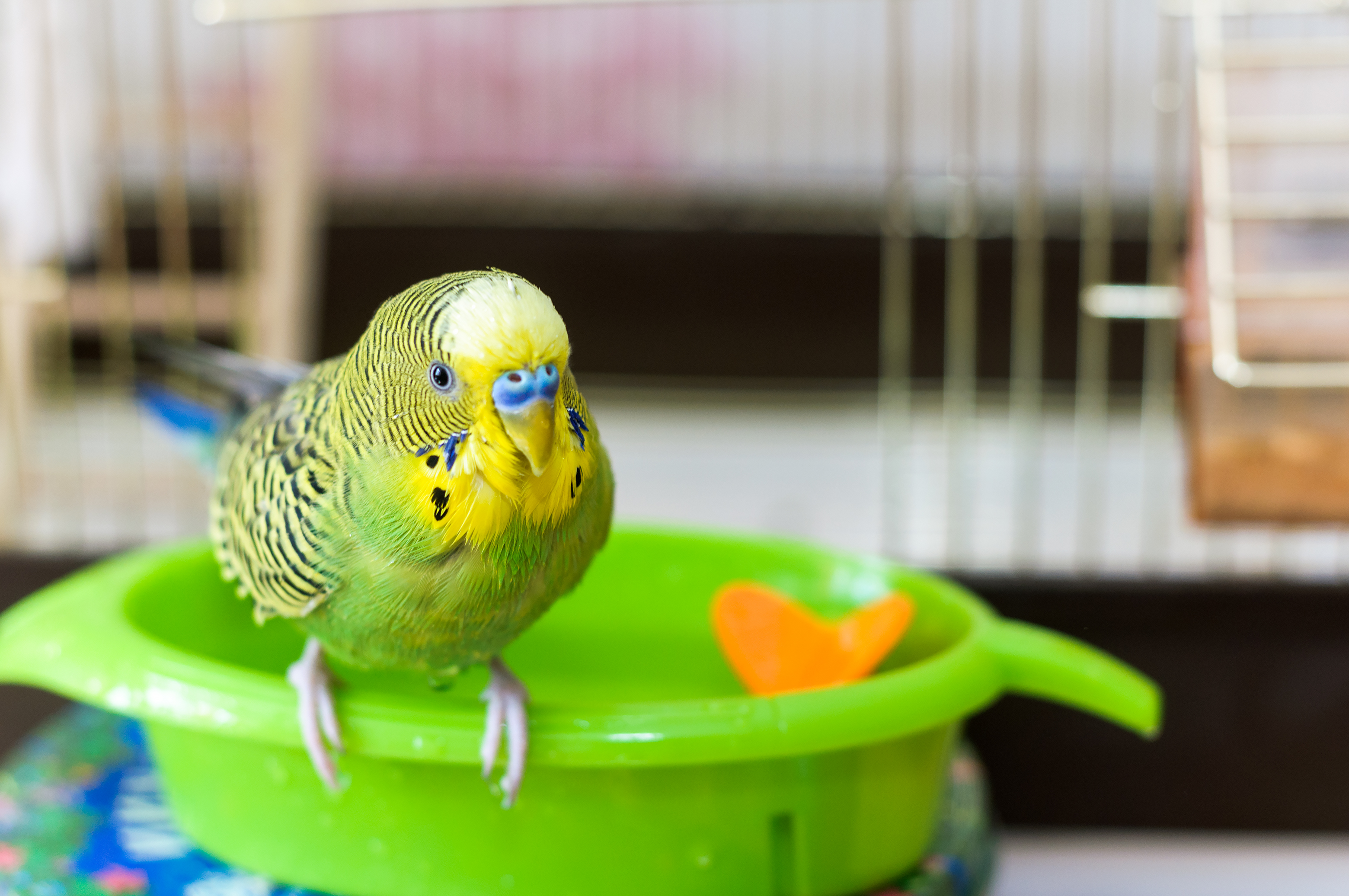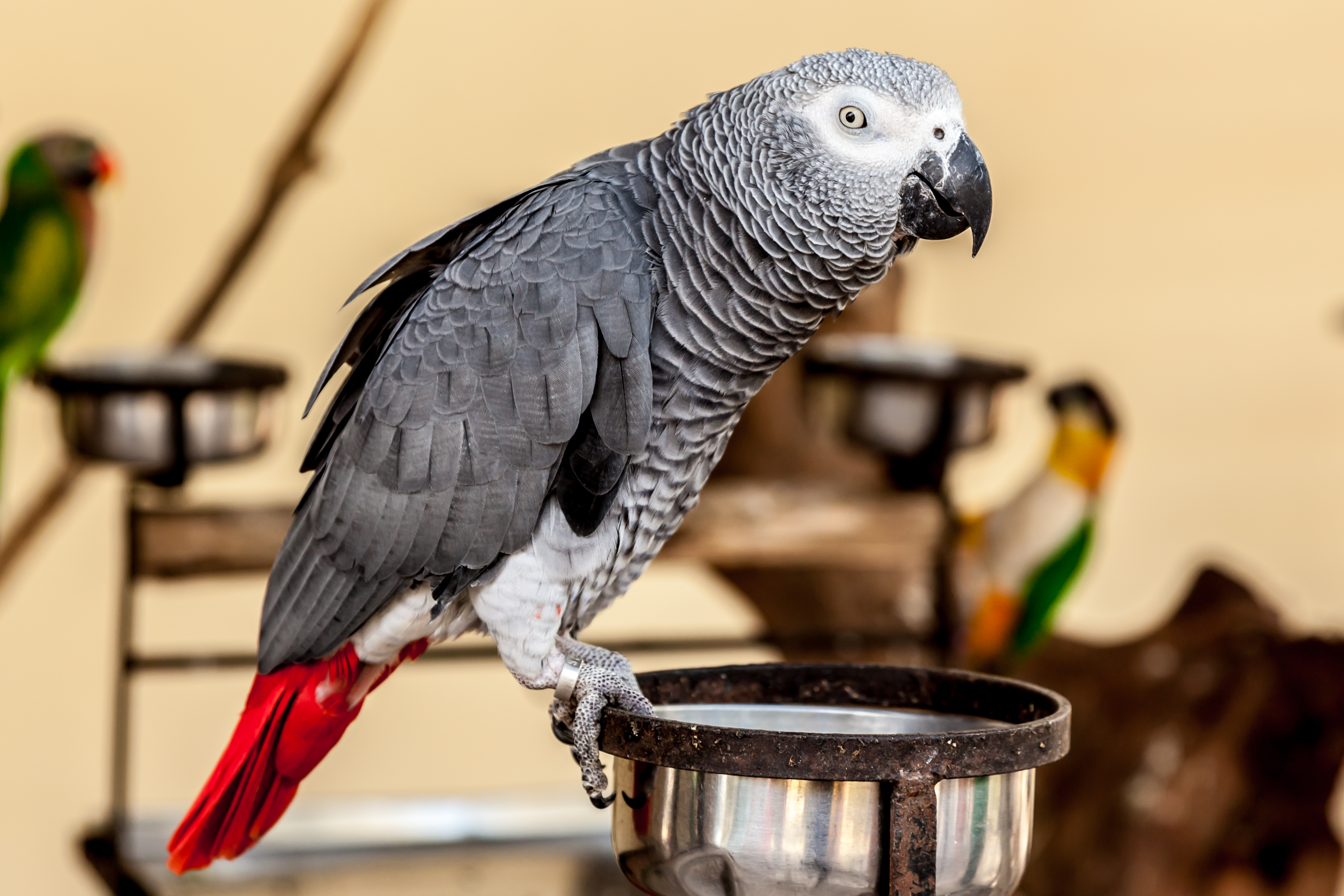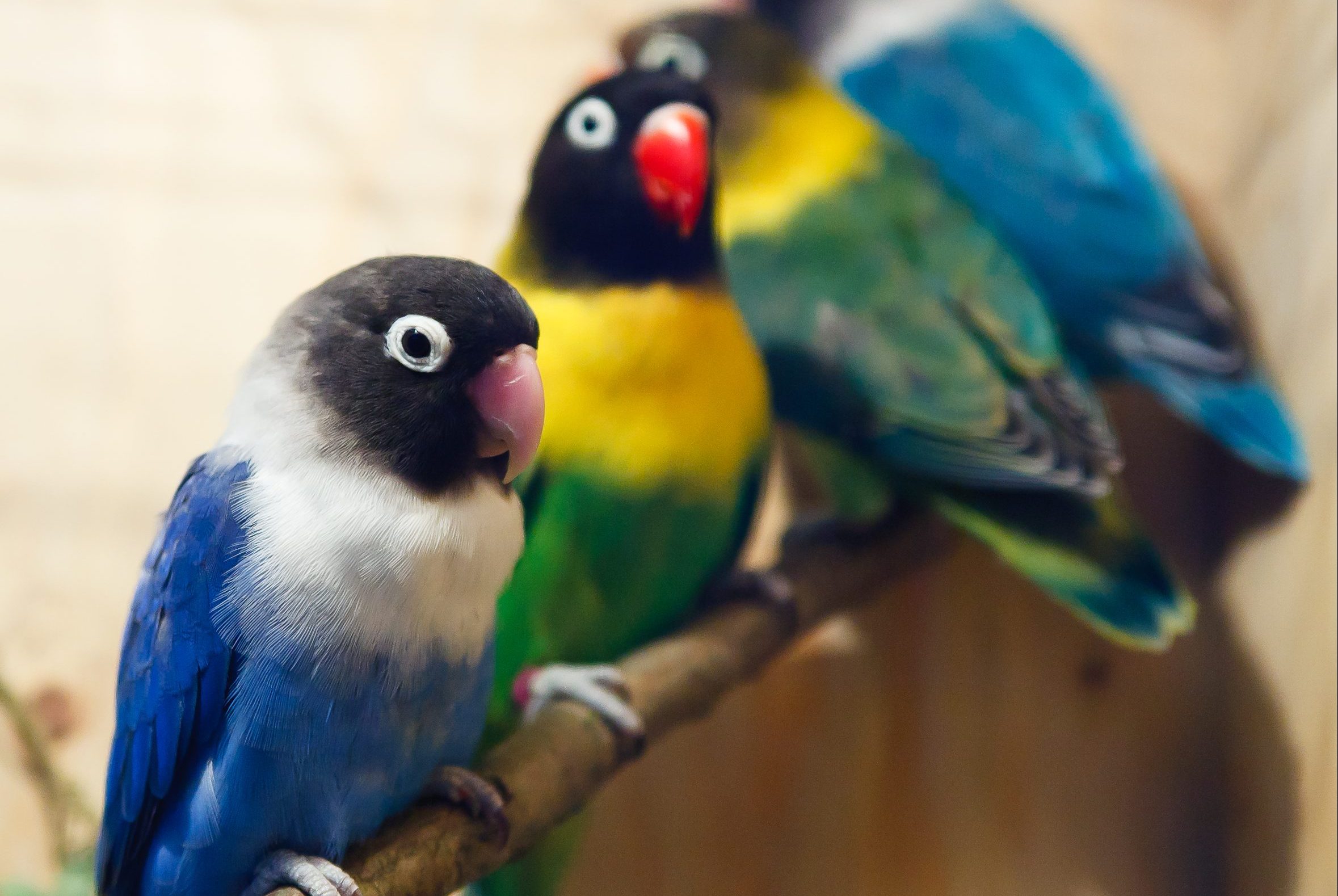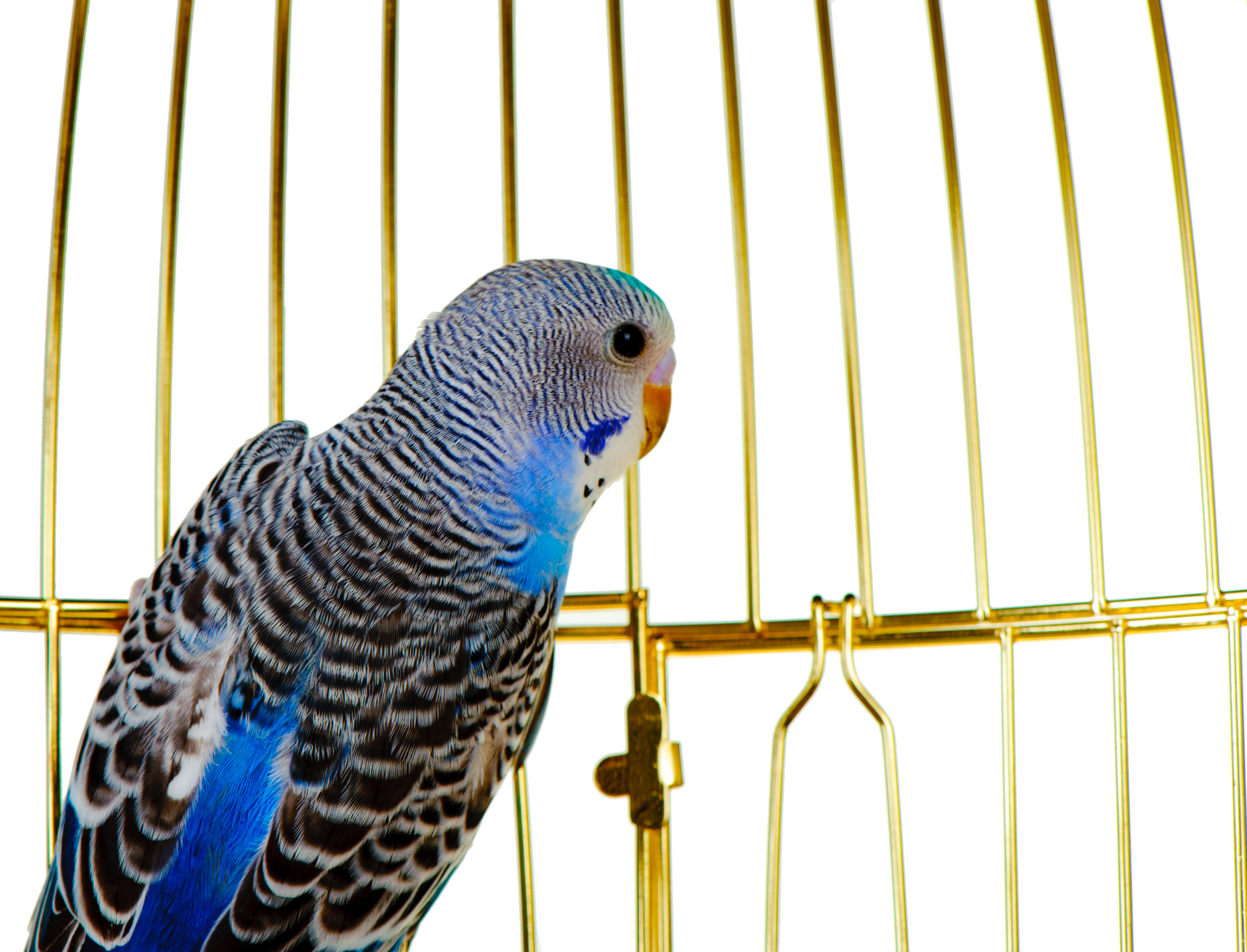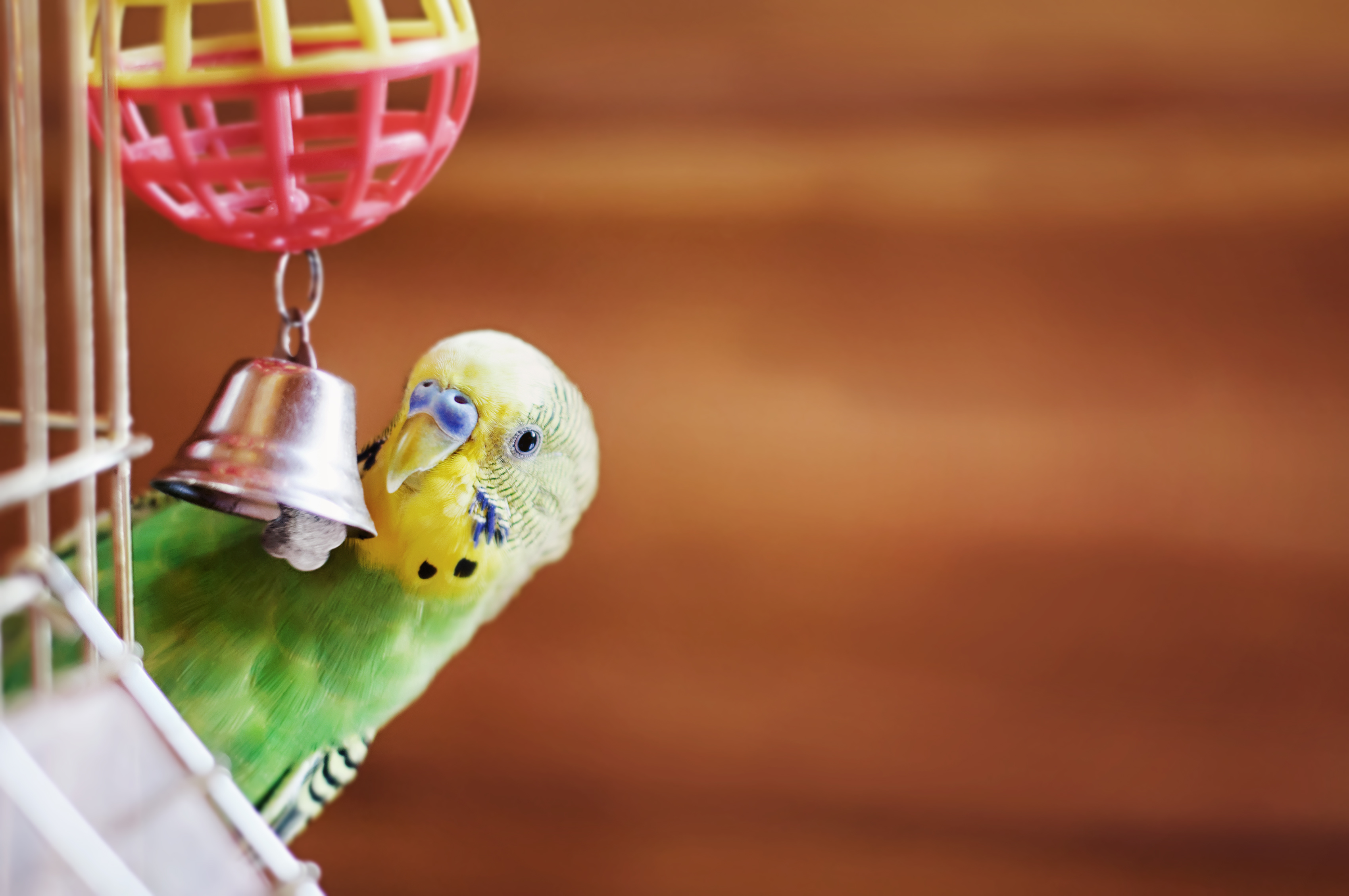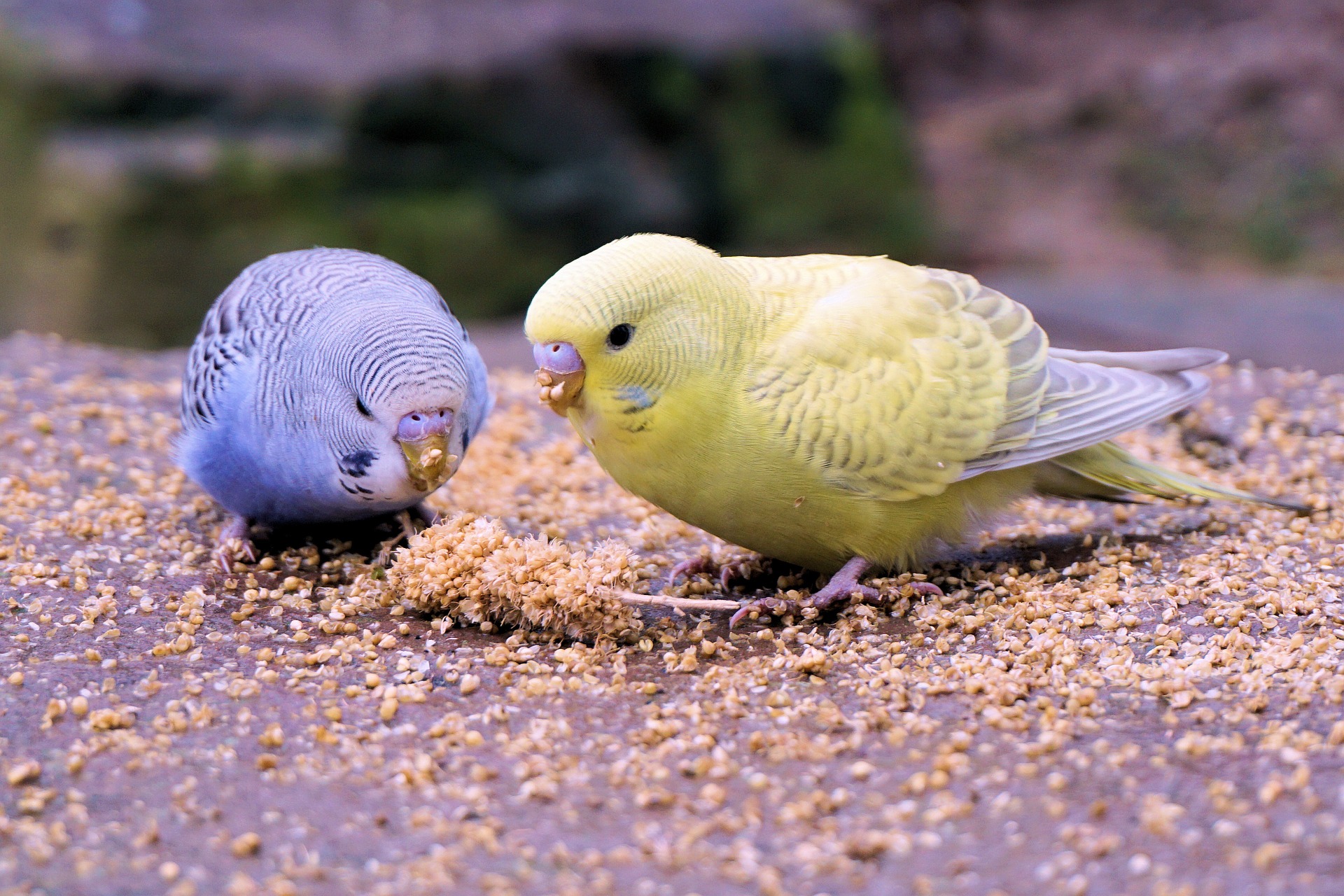Choral and Chromatic
Erik J. Martin //November 2, 2015//
 Let’s face it – parrots and parakeets aren’t the perfect aviary companions for every bird lover. Countless bird rescue organizations and animal shelters are overloaded with frustrated hardbills and budgies whose owners couldn’t meet the needs and prevent the unexpectedly destructive behaviors of these highly social species.
Let’s face it – parrots and parakeets aren’t the perfect aviary companions for every bird lover. Countless bird rescue organizations and animal shelters are overloaded with frustrated hardbills and budgies whose owners couldn’t meet the needs and prevent the unexpectedly destructive behaviors of these highly social species.
Thankfully, Mother Nature invented canaries and finches. If you aren’t carrying them and/or products made for them, you could be missing out on a rewarding opportunity to cater to customers seeking a simpler alternative to popular winged species that ultimately prove to be incompatible with impatient owners.
“Finches and canaries are often lower maintenance and less noisy, and they require less cage space than parakeets or larger birds,” said New York City-based zoologist Frank Indiviglio, former zookeeper for the Bronx Zoo. “They can be pretty active and entertaining, hopping from perch to perch. Also, many species are quite hardy and fairly easy to train, if you have patience. They’re actually the easiest pet birds to care for, in my experience.”
But what really sets these pets apart from other fine-feathered friends – and can catch the eyes of your patrons – are the vibrant and various colors available today. From the striking brown, black, and white plumage of the tricolor nun to the memorable crimson tones of the red-billed firefinch to the rainbow majesty of the Gouldian finch, the cornucopia of hues and hybrids that breeders are able to create today is breathtaking.
And then there’s the musicality factor. Canaries and other songbird finches instinctively create some of the most attractive and memorable songs in the animal kingdom – without breaking the decibel meter. This is no small selling point.
“The finch and canary market isn’t necessarily robust right now, and it probably won’t be a major profit center for pet retailers. However, selling these live birds and their supplies could be a good supplementation to any existing bird lines you carry,” said Zach Marcus, manager for Todd Marcus Birds Exotic in Delran, N.J. “But you should have a natural love for these birds and enjoy speaking to owners and hobbyists about them before adding them to your supply.”
Good Eats for Beloved Tweets
Years ago, canary and finch foods were offered in relatively few and basic formulations. Nowadays, there are many more species-specific seed mixes, pellet diets, egg foods and other edibles to choose from.
Among the major brands are Kaytee’s Exact Rainbow Premium Daily Diet (designed to enhance plumage color); Ecotrition’s Grains and Greens Variety Blend – Song Plus; Vitakraft’s Vita Prima Canary and Finch Formula; Lafeber’s Premium Daily Diet for Finches or Canaries; Harrison’s Bird Foods’ High Potency Super Fine Maximum Nutritional Formula for Small Birds; Roudybush’s Low Fat Daily Maintenance Diet; and LM Animal Farms’ Bonanza Gourmet Diet.
One of the newest products to hit the market is ZuPreem Smart Selects for canaries and finches, which features amusing shapes, vibrant colors and an ample supply of oranges, apples, bananas and grapes.
Similarly, treats don’t get the short shrift in this category. Popular options include Higgins Sunburst Fruits and Veggies Gourmet Natural Treats for Small Birds, Kaytee’s Fiesta Tropical Fruit Treat for Canaries and Finches, and Ecotrition’s Juicy Grape Flavor Mineral Treats.
Cage Sweet Cage
When it comes to habitats, it’s important to stock the right sizes. Experts suggest canary/finch cages should be at least 18 inches by 18 inches by 18 inches for solo pets and a minimum of 24 x 18 x 18 for pairs.
Generously sized wrought iron flight cages that are built to last, such as those made by Prevue Hendryx Pet Products, will work well. Hagen’s Vision line of bird cages boasts an array of crowd-pleasing features, including low-carbon and rust-resistant wire topped with lead- and zinc-free paint, wavy-patterned perches with varying diameters to foster better blood circulation and prevent foot problems, low-position feeders and deep bases to reduce mess.
Because finches and canaries exhibit strong nesting and weaving behaviors, you may want to stock at least a small assortment of nesting products and materials that contain string, straw or cotton. In addition, try to opt for sturdy toys equipped with leather strips, string and/or rope. Caitec’s Paradise line offers cotton bungees ideal for these species, and Super Bird Creations provides a plethora of toy choices, including the new and colorful Tippy Toes hanging toy. Offering an edible swing ring is not a bad idea, either. Vitakraft Vita Prima makes one especially for canaries and finches.
On the Retail Front Lines
Indiviglio advises starting out small and simple by stocking a few major brands of foods, cages and supplies. Consider creating starter kits composed of a cage, water and food dish, cuttlebone for calcium, at least three different kinds of perches, food, treats, and a mirror, swing and toys – all bundled together for a discounted price to entice beginners.
“Also, if you plan to sell livestock, display different species and colors within the same cage, without overcrowding it, to attract attention,” said Indiviglio, who adds that many finch breeds are usually compatible within the same habitat.
As colorful as they can be, finches and canaries are smaller than most of the parrots and parakeets, which means that you may need to entice prospective owners with more than the live merchandise.
“I would make and hang posters that include big photos showcasing the assortment of colors and species available and that perhaps answer frequently asked questions about these birds,” Indiviglio said.
Above all, educate your staff on proper care of and recommended products for canaries and finches.
“You have to be knowledgeable about these birds and at least know the basics so that customers can trust your expertise,” Marcus said.
